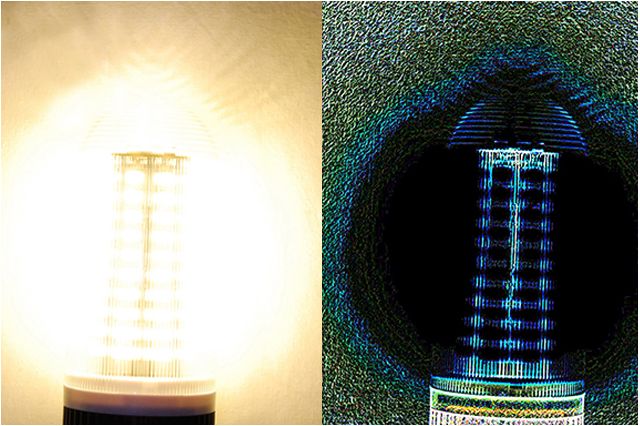After researching a technique called photonic time stretch, UCLA scientists have come up with an algorithm that could improve computer vision by seeing details of objects otherwise invisible to the human eye.
Phase Stretch Transform algorithm identifies an object’s edges and then detects and collects their features at a very high-speed. This means it could really make a difference in face, fingerprint and iris recognition as well as driverless cars’ navigation systems. Plus, the PST enhances images and recognizes textures, capability that certainly attracts the attention of researchers that work to incorporate technologies in computer vision and pattern recognition applications.
Until now, UCLA research has proven its advantages in two use cases. Imagine seeing inside a LED lamp, through the brightness of the light or a distant planet, until then invisibile in all other images – they accomplished it.
Therefore, the UCLA decided to share their findings with others, hoping to encourage further improvement. The algorithm code can be accessed on two open source platforms, Github and Matlab File Exchange.
Follow TechTheLead on Google News to get the news first.























